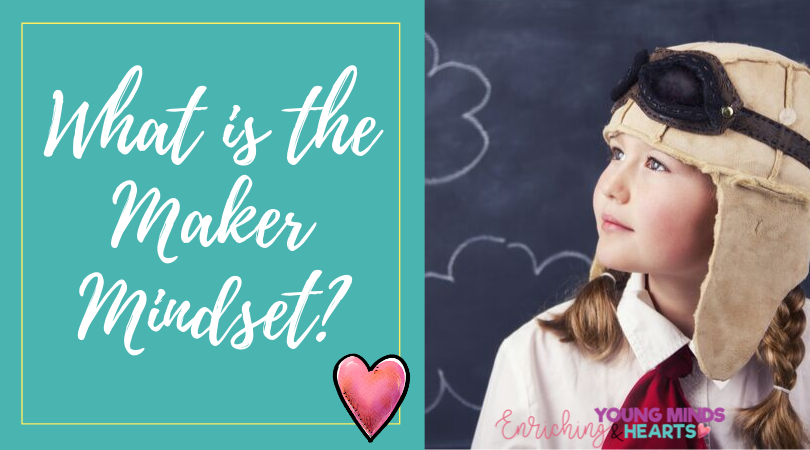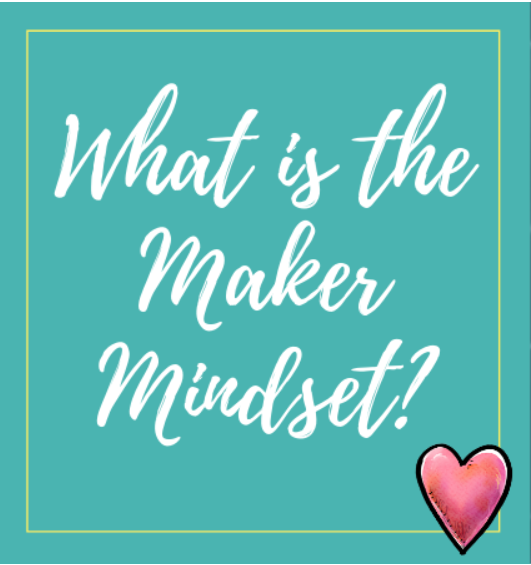Recently, Teachers Pay Teachers reached out to me to inquire about what I thought about the makerspace movement and specifically the maker mindset. They posed wonderful questions and I thought my responses were worth sharing with you! (I don’t remember the exact wording on the questions they asked, but here’s the gist.)
What is the maker mindset?
I would describe a maker mindset as a mindset in which you start with a blank canvas. You draw from your background knowledge, experiences and resources around you to create from scratch. It involves knowing that making is an on-going process that involves failing, sometimes over and over. It’s the mindset that it’s okay to fail because we learn from failing.
How is the maker mindset valuable to students now and in the future?
A maker mindset is extremely valuable to students now as it allows students to use what they already know to think outside-of-the-box to create something new and unique. Because failure is part of the process, students will increase their confidence. Students can enjoy the process of thinking and making without the pressure of failure. With repeated practice flexing this muscle, students can come to the conclusion that there may be a solution to everything; it might just take a lot of thinking, refining and failure in the process.
How can you incorporate making in the classroom when you don’t have access to a physical makerspace?
The great thing about making is that there are so many ways you can bring making into the classroom without having to have a physical makerspace. ‘Maker boxes’ full of materials that they can work from or a ‘making station’ allow students to make during morning work, transitions and independent center time. If finding time in the day is an issue, you can tie a maker project into what you are already doing in each curricular area. For example, if you are reading a fiction story for the week, you can have your students use their maker mindset to create something that will help the characters solve the problem in the story. In Math, use the story problems that are provided by your Math curriculum as an opportunity to tie it into making.
Failure is a part of the maker mindset. How do you celebrate failure?
One of the sayings our makerspace teacher has written in large letters on the front wall of our makerspace is: Fail Harder. We want students to know that not only is it okay to fail, but it is actually encouraged. We learn from our failures and use them as a tool going forward. The harder you fail, the more knowledge you have acquired about making and the design process. After a student fails, ask what they learned from it. Celebrate the learning!
Any other things you’d like to add?
Giving an oral presentation about their project allows students to hit the speaking and listening standards all while giving them the opportunity to explain their design thinking to others. As we already know, students learn immensely from each other. Hearing their peers thinking aloud, broadens their own maker mindset.
Themed Maker Activities:
Interest in instilling the maker mindset in your students? Check out some resources below that can help you and your students get started right away!




